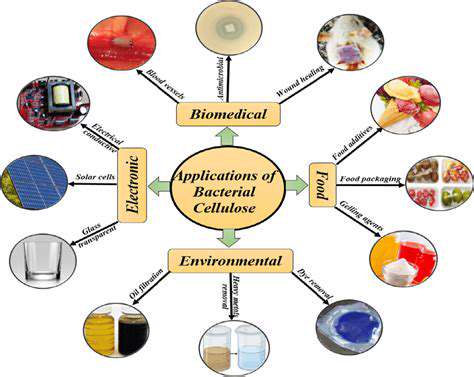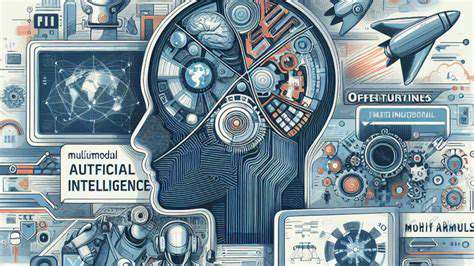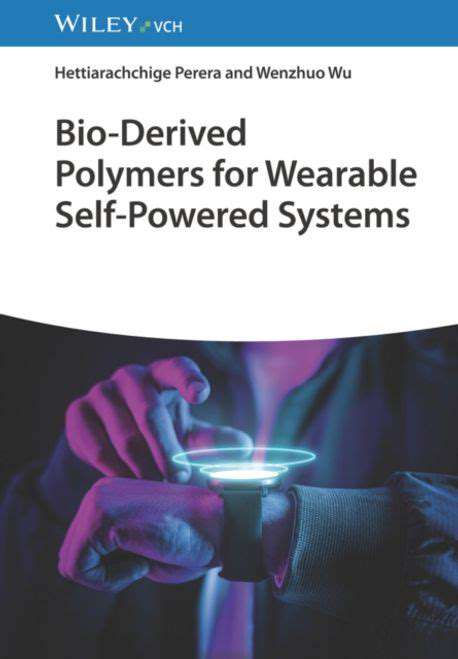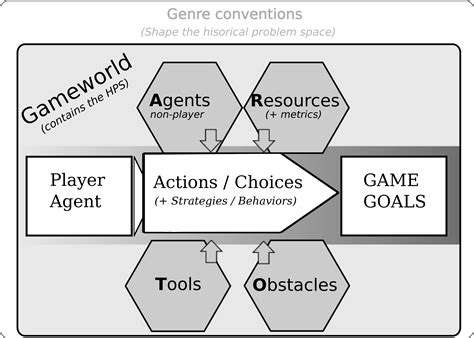Introduction to Quantum Annealing
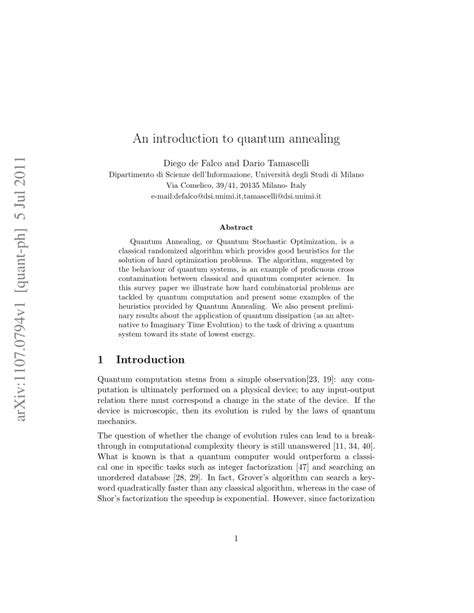
Understanding the Fundamentals
Quantum annealing is a specialized technique within quantum computing designed to find the minimum of a particular mathematical function. It leverages the principles of quantum mechanics, specifically quantum superposition and entanglement, to explore a vast solution space simultaneously, potentially leading to solutions that would be intractable for classical computers. This unique approach offers the potential for solving complex optimization problems that are currently beyond the reach of classical algorithms.
The core concept revolves around finding the lowest energy state of a system. This energy landscape is represented by the function we want to minimize. Quantum annealing simulates a physical process where a quantum system is gradually cooled, allowing it to settle into the lowest energy configuration, which corresponds to the optimal solution to our problem.
Key Differences from Classical Optimization
Classical optimization algorithms typically explore the solution space sequentially, methodically checking different possibilities. This approach can become computationally expensive, especially for problems with a large number of variables. Quantum annealing, on the other hand, explores a vast range of possibilities simultaneously, potentially finding the optimal solution much faster. This parallelism is a direct consequence of quantum phenomena.
Classical methods often get stuck in local minima, meaning they find a solution that is good but not necessarily the absolute best. Quantum annealing, through its inherent quantum nature, has a greater chance of escaping these local traps and reaching the global minimum, the true optimal solution.
Quantum Bits (Qubits) in Action
Quantum annealing utilizes qubits, the fundamental units of quantum information. Unlike classical bits, which can only be 0 or 1, qubits can exist in a superposition of both states simultaneously. This allows the quantum computer to explore multiple possibilities at once.
The Role of the Hamiltonian
The Hamiltonian, a mathematical representation of the energy landscape of the system, plays a crucial role in quantum annealing. It encodes the problem that we are trying to solve, defining the relationships between variables and their associated energy contributions. Understanding and correctly constructing the Hamiltonian is essential for achieving the desired results.
Applications in Diverse Fields
Quantum annealing has the potential to revolutionize various fields. From materials science, where it can help design new materials with specific properties, to logistics, where it can optimize supply chains, quantum annealing presents a powerful tool for tackling complex problems.
In finance, quantum annealing can optimize investment portfolios, potentially leading to better returns. Its applications also extend to machine learning, providing new approaches to training algorithms and processing large datasets.
The Hardware and Software Aspects
Implementing quantum annealing requires specialized hardware, quantum annealers, which are designed to simulate the quantum annealing process. These machines use precisely controlled magnetic fields to manipulate qubits and guide them towards the lowest energy configuration.
Software plays a critical role in defining the problem, constructing the Hamiltonian, and interpreting the results from the quantum annealer. This software needs to be carefully developed to ensure that the problem is appropriately encoded and that the results can be accurately interpreted.
Challenges and Future Directions
Despite the potential of quantum annealing, significant challenges remain. Scalability, the ability to perform quantum annealing on larger and more complex problems, is a key area of ongoing research. Furthermore, the development of efficient algorithms and software tools to address specific problems is also crucial.
The future of quantum annealing holds great promise. As research continues and technology advances, quantum annealing could become a powerful tool for solving a wide range of problems across various scientific and technological disciplines, ultimately impacting our lives in profound ways.
